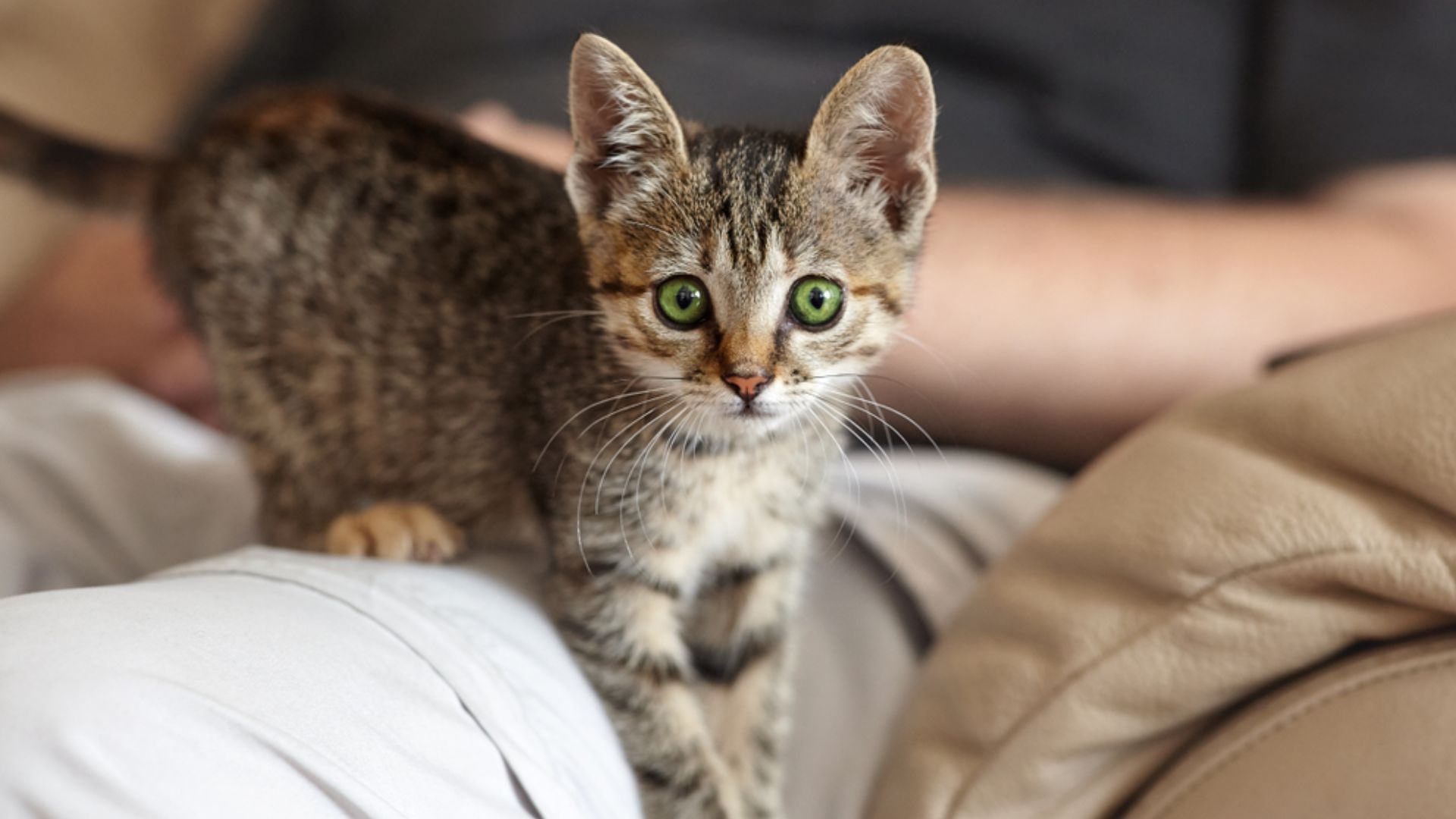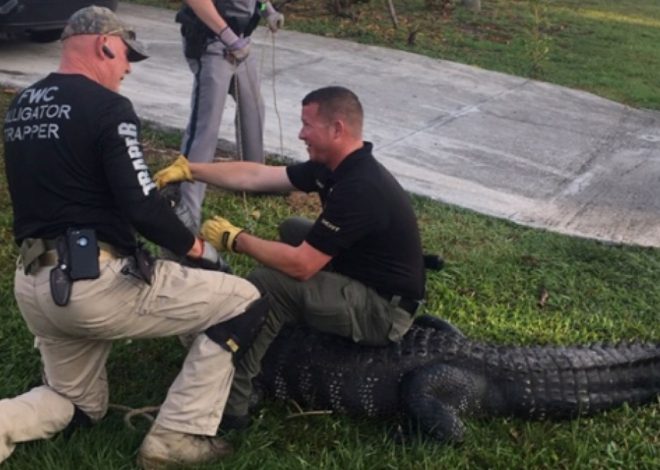
How do cats use their ears to communicate ?
Cats use their ears to communicate a range of emotions and intentions. Here are some ways cats use their ears to communicate:
1. Ears Forward: When a cat’s ears are slightly forward, it is likely feeling content or even playful. This is a neutral position that indicates a happy and relaxed cat.
2. Ears Straight Up: When a cat’s ears are straight up, it is alert and paying attention to its surroundings. This position is often seen in cats that are hunting or playing.
3. Twitching: A cat whose ears rotate with quick, sudden movements is a cat that is on a mission. This is an extension of the “straight up and forward” move and indicates that the cat is ready to execute an attack or engage in play.
4. Low and Sideways: If a cat’s ears are flattened against their head in “airplane mode,” it means that the cat is feeling uncomfortable and needs some space. This is a warning sign that the cat is not feeling safe and could lead to aggressive behaviour.
5. Low and Facing Out: This position may indicate that the cat is not feeling well. If a cat is showing this ear position, it is important to pay close attention to other possible signs of illness and share concerns with a veterinarian.
6. Low and Flat: This position translates to “step off” and is indicative of potential aggressive behaviour to come, including biting or scratching. It is important to respect a cat’s space and walk away when their ears are in this position to avoid injury.
Understanding cat ear language is an essential part of interpreting a cat’s emotions and needs, which will make you a better cat parent and advocate for their well-being.
Common ear movements that cats use to show aggression
Cats use their ears to communicate various emotions and intentions, including aggression. Here are some common ear movements that cats use to show aggression:
1. Ears Twitching: Twitching ears can indicate rising agitation or the presence of an irritant. If the cause of the ear twitching is arousal and the source of it does not go away, the cat may progress to a threat or attack.
2. Ears Held Back or Sideways: If a cat’s ears are held back or sideways, it means they are frightened or anxious. This position indicates that the cat is on high alert and waiting to see if they need to respond. If the cat is showing this ear position, it is important to watch out for aggressive behaviour, as they may attack and try to bite or scratch.
3. Ears Pointing Outwards and Held Low: This position may indicate that the cat is feeling sick or showing signs of illness. Cats generally do not give away when they are ill, as this has become an advantage to them as they evolved. Pay close attention to your cat’s behaviour if they are showing this ear position, as they may be hiding an illness.
4. Ears Flattened Backwards: This position is indicative of potential aggressive behaviour to come, including biting or scratching. If a cat’s ears are in this position, it is best for humans to walk away from them to avoid getting injured.
Understanding cat ear language is essential for interpreting their emotions and intentions, which will make you a better cat parent and advocate for their well-being.
Ways to prevent aggressive behaviour in cats
To prevent aggressive behaviour in cats, you can try the following:
1. Spay or neuter your cat by 5 months of age to prevent territorial aggression.
2. Avoid creating territorial aggression by providing enough resources for each cat, such as toys, litter boxes, food, water, and resting areas.
3. Consider a food game device to stimulate your cat’s hunting instinct and provide environmental enrichment.
4. Remove any stimuli that make your cat aggressive, such as stray cats or other animals that cause stress.
5. Recognize the body language of aggression early and break the cycle by startling your cat with a loud noise or a spray of water.
6. Talk to your veterinarian to rule out any underlying medical problems that may cause aggression.
7. Protect your other cat if one of your cats is aggressive towards them.
8. Introduce cats slowly when bringing a new cat into your household.
9. Provide a safe and comfortable environment for your cat, including quiet places and adequate pain relief for any pain-related conditions.
10. Avoid encouraging aggressive play and reinforce positive behaviour with treats and rewards.
By following these tips, you can help prevent aggressive behaviour in your cat and ensure a happy and peaceful household.
Common triggers for aggressive behaviour in cats
Some common triggers for aggressive behaviour in cats include:
1. Fear: Changes in the household or environment, such as new people, loud noises, other pets, or different smells, can create stress for a cat, leading to fear of aggression. Cats may exhibit aggressive behaviour when they feel unsafe or threatened due to fear.
2. Pain: Discomfort or pain can cause a cat to become aggressive to prevent situations that may trigger or escalate pain. Cats are stoic animals and may not show pain outwardly, so signs like hiding, decreased appetite, unusual behaviour, or hesitation when moving can indicate pain-induced aggression.
3. Predatory Play Behaviour: Some cats may exhibit play behaviour towards humans that can be categorized as aggressive, especially if they were hand-raised or raised without littermates. Redirecting the cat’s attention to toys or appropriate play behaviour can help prevent aggression from escalating.
4. Territory Aggression: Cats are creatures of habit and routine, becoming protective of their territory when changes occur in their environment. New animals, people, or major renovations can trigger territorial aggression, leading cats to mark their territory and exhibit aggressive behaviour to protect it.
5. Inter-Cat Aggression: Introducing new cats into a household can lead to stress and behavioural outbursts, resulting in inter-cat aggression. Properly introducing cats and seeking advice from a veterinarian can help transition them and prevent aggression.
6. Redirected Aggression: When a cat is startled or upset but unable to address the cause directly, they may redirect their aggression towards handlers or objects unrelated to the initial trigger. This type of aggression can be challenging to prevent and may seem unprovoked.
7. Petting Aggression: Some cats may suddenly become aggressive while being petted, which could be related to pain or discomfort. Episodes of petting-induced aggression may be localized to certain areas or positions and should be addressed by consulting a veterinarian for proper evaluation and management.
Understanding these triggers can help cat owners identify and address potential sources of aggression in their feline companions, promoting a harmonious and safe environment for both the cats and their human family members.


